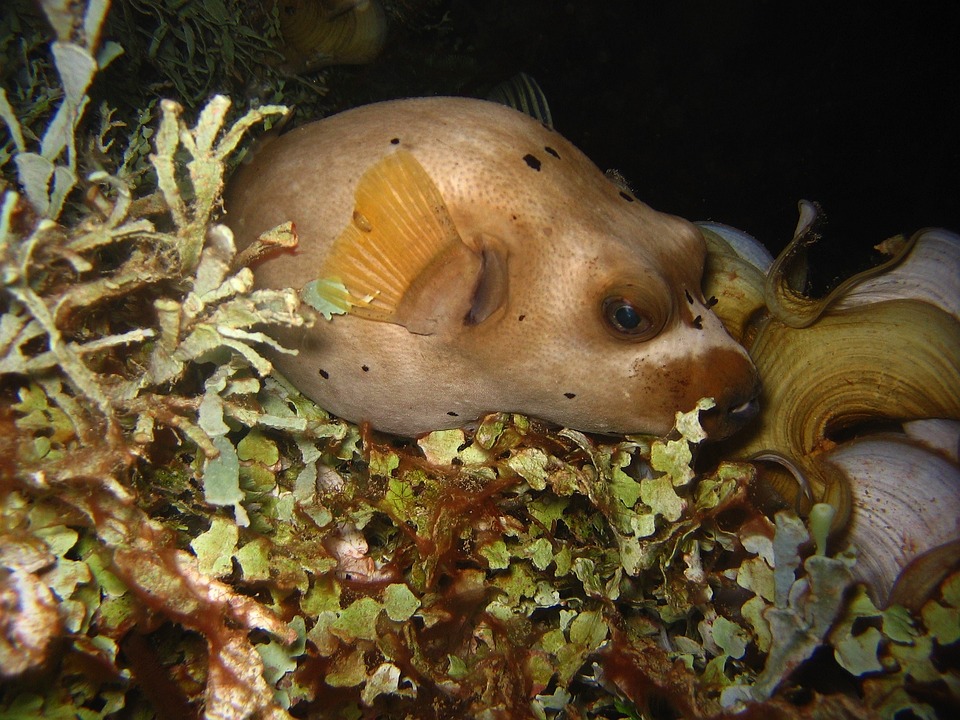Creating the ideal environment for cold-water fish is crucial for their overall health and well-being. In this article, we will explore the various factors that contribute to an optimal fish habitat and provide a guide to fish health.
Water temperature is one of the most critical factors in maintaining a suitable environment for cold-water fish. These fish thrive in temperatures between 50°F (10°C) and 75°F (24°C). It is essential to understand the temperature requirements of different cold-water fish species. Using a reliable thermometer to monitor and regulate water temperature is crucial, as sudden fluctuations can be harmful to fish.
Water quality is another key consideration for the health and longevity of cold-water fish. Regularly testing water parameters such as pH, ammonia, nitrite, and nitrate levels is essential. Performing routine water changes helps remove pollutants and maintain water quality. It is also important to utilize a good filtration system to keep the water clean and clear.
The size of the tank plays a significant role in the well-being of cold-water fish. Understanding the minimum tank size requirements for different fish species is essential. It is crucial to provide enough swimming space for active fish breeds and avoid overcrowding to prevent stress and aggression among the fish.
Decorating the fish tank not only enhances its aesthetic appeal but also provides a stimulating environment for cold-water fish. Choosing suitable decorations such as rocks, plants, and driftwood is important. It is crucial to ensure that the decorations are fish-friendly and do not pose any harm. Providing hiding spots and areas for exploration can help create a natural and stimulating environment for the fish.
Here are some frequently asked questions about creating the ideal environment for cold-water fish:
Q1. Can I keep different cold-water fish species together in the same tank?
A1. It depends on the compatibility of the fish species. Some can coexist peacefully, while others may exhibit aggression towards each other. Research the specific needs and behaviors of the fish species before considering keeping them together.
Q2. How often should I perform water changes?
A2. Performing regular water changes is crucial to maintain good water quality. It is recommended to change approximately 25% of the water every two weeks or as needed, depending on the water parameters.
Q3. Can I use tap water directly in my fish tank?
A3. Tap water can be used, but it needs to be treated to remove chlorine and other harmful substances. Using a water conditioner or allowing tap water to sit for 24 hours before adding it to the tank can help make it safe for the fish.
Q4. What are the signs of poor water quality?
A4. Signs of poor water quality include cloudy or discolored water, foul odor, fish gasping for air at the water surface, lethargy, fin rot, and increased aggression among fish.
Q5. Are there any specific plants suitable for cold-water tanks?
A5. Yes, several aquatic plants are suitable for cold-water tanks, such as Anubias, Java Fern, Vallisneria, and Hornwort. These plants not only provide oxygen and improve water quality but also create a natural and aesthetically pleasing environment.
Q6. How can I maintain a stable water temperature during seasonal changes?
A6. During seasonal changes, it is essential to monitor the water temperature regularly and make adjustments as needed. Using a heater or a chiller can help maintain a stable water temperature, depending on the requirements of the fish species.
In conclusion, creating the ideal environment for cold-water fish involves considering factors such as water temperature, water quality, tank size, and decorations. By providing the optimal conditions, you can ensure the health and well-being of your cold-water fish, allowing them to thrive in their aquatic habitat.









